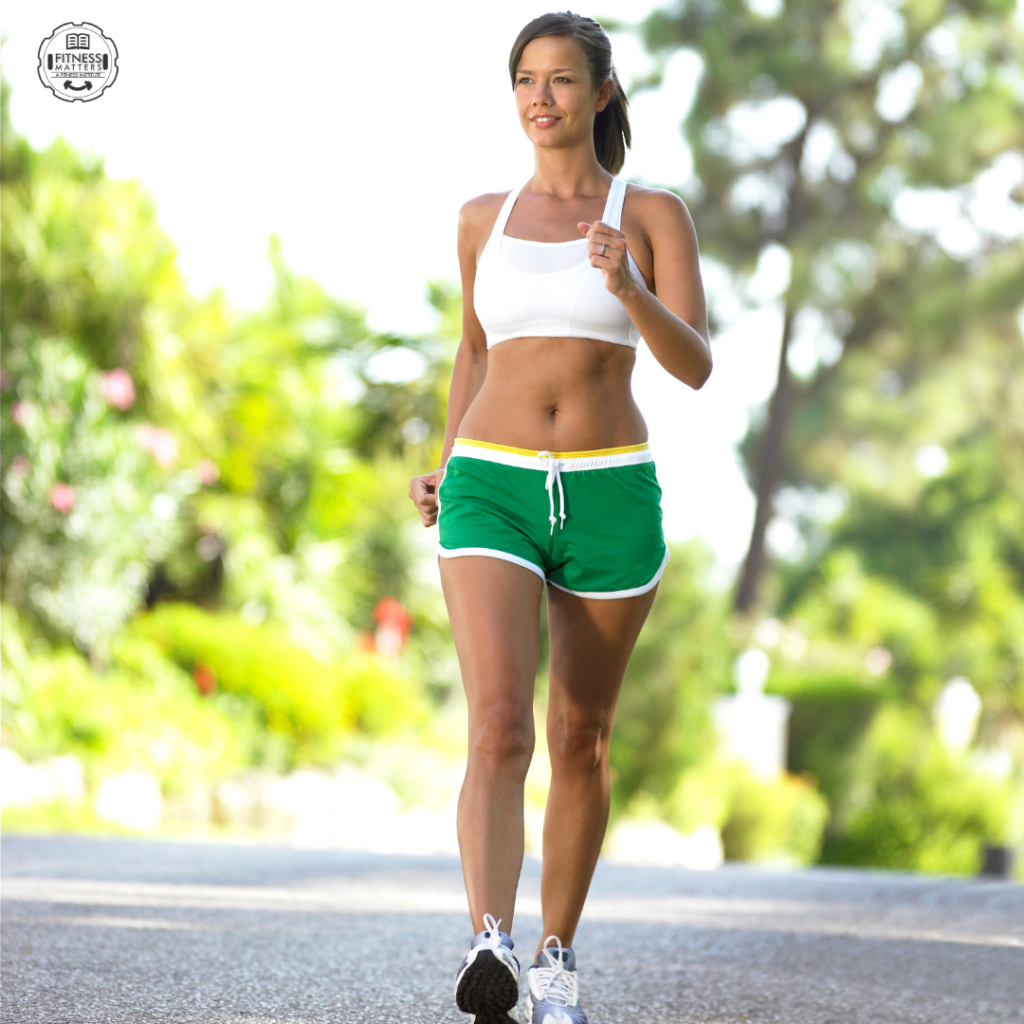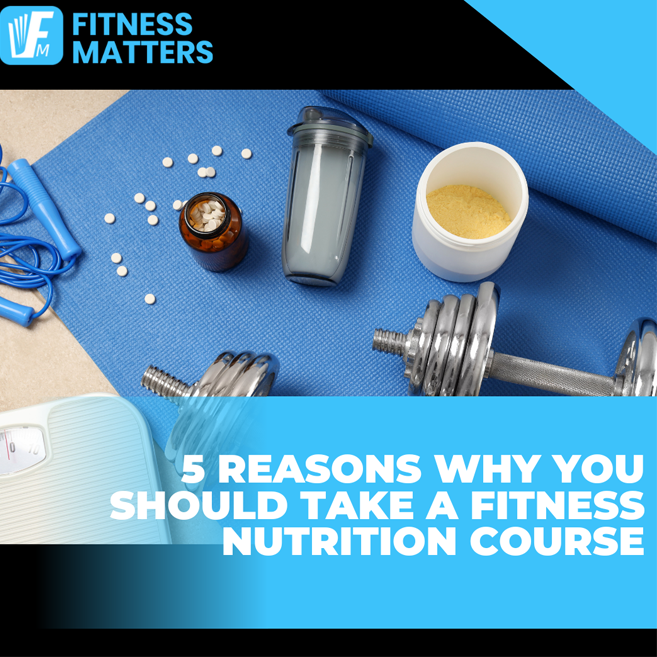
Exercise and recovery go hand in hand. Recovery period is as essential as the exercise session. But recovery is not always about being staying completely inactive. There are days when passive rest is what your body needs but other times, taking a more active approach is the best way to boost recovery from exercise.
WHAT IS ACTIVE RECOVERY?
Talking about rest days, passive recovery is day(s) off from exercise or training, means a day(s) of total rest without any physical activity. While active recovery has a different approach, including low-intensity exercise promoting blood flow to the muscles, helping them to recover better and faster.
The reduced intensity of the workout is intended to keep your ability levels from dropping, while still giving your body an opportunity to recover. The duration for active recovery session should be kept around one to two-thirds of your normal training time, while keeping your heart rate between 60 – 70% of actual workout.
The discussion about the benefits of active recovery is generally focused on chemical processes. The flow of blood and lymph are both helpful in the recovery process, and exercise has shown to help clear metabolic waste faster than rest. But a major advantage that is often overlooked is the fact that the reduced intensity of exercise gives you an opportunity to focus more on your technique. This not only allows you to improve your overall skill levels, but can also prevent from exercising with improper form over long periods of time, which can have negative consequences in the long run.
Moving your body at low intensity will definitely help to speed up the recovery process, but here’s the catch: You need to be active enough to increase blood flow, but gentle enough to allow your muscles to heal.
On active recovery days, you should pay attention to your breathing and make sure you choose the optimal active recovery exercises. The purpose of each of these sessions is to feel refreshed, energised, and ready for the next day’s training. If you are not close to any of these factors then you are probably moving at a higher intensity than required.
BENEFITS OF ACTIVE RECOVERY
A simple way to understand the benefits of active recovery versus passive recovery is to think about sleep. There is no escaping the fact that you need sleep. You will always need to sleep a certain amount on a regular basis, or you will not be physically able to move around. The same is true for recovery: you will always need breaks. But in the same way that sleeping too much can actually leave you feeling more tired than sleeping the correct amount, resting too much will reduce your physical ability.
Just as moving around can be the best way to wake up, exercise can sometimes be the best way to rejuvenate a tired body. So when you are recovering from exercise, don’t ask whether active or passive recovery is better, because you normally want a mix of both.
Few of the benefits you can get from Active recovery approach:
- Reduction in post-exercise discomfort and delayed onset muscle soreness (DOMS), minimizing the lactic acid build-up in muscles.
- Promotes the blood flow to joints and muscles helping in lessening the inflammation.
- Helps to avoid the post-exercise fatigue that follows a heavy training day or sport event.
- Improves mood and mental health through daily movement.
- Helps to have a more healthy, balanced lifestyle and better food choices on ‘non-training’ days.
- Boosts up the cardiovascular fitness and endurance through working in aerobic training zones.
EXAMPLES OF ACTIVE RECOVERY EXERCISES
The choice of your active recovery exercises will depend on your fitness level and the time availability. The active recovery session can range from 15 – 40 minutes. One of the greatest things about active recovery session is that it doesn’t have to be a structured like your regular training session – it’s more about making movement a daily, long-term, healthy habit.
Here are a few examples of what active recovery can be:
1. STEADY-STATE OR NON-IMPACT CARDIO
A low-intensity, steady state session on a treadmill, cross trainer, rower, road or stationary bike keeping your heart rate between 120-140bpm (may vary according to fitness level) will not only help in muscle recovery by bringing more blood and oxygen to the muscles but also in promoting fat use for fuel through utilizing our aerobic energy systems.
2. YOGA
Yoga can target mobility, flexibility, breathing pattern all at once and will help in speeding up the recovery. One or two yoga sessions in a week can boost up the overall recovery of not just the body but also your mind.
3. LIGHT-RESISTANCE TRAINING
Here you can use light weights or just body weight movements incorporated into a low-moderate circuit. Resistance bands can be very handy when talking about light resistance training.
4. MOBILITY, HIP AND CORE ACTIVATION
Dynamic stretching and mobility work help prepare our body for the stressors of strength training and assists in injury prevention and flexibility.
5. SELF-MYOFASCIAL RELEASE
Foam rolling, trigger point therapies or other massage therapies are also a very ideal way of active recovery, increasing the blood flow and oxygen delivery towards the inflamed and overtaxed muscles reducing the soreness.
*NOTE: Please consult your Trainer/Physician before getting involved into any kind of training or recovery technique.
- fitnessmatters
- May 24, 2022
- 5:24 pm
- No Comments









